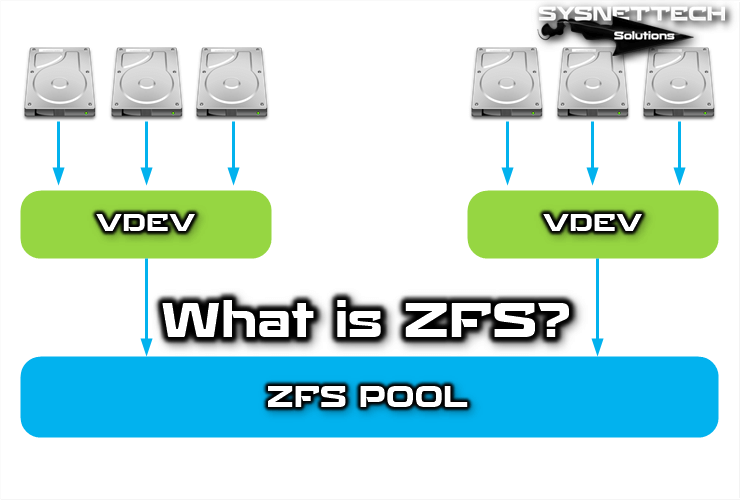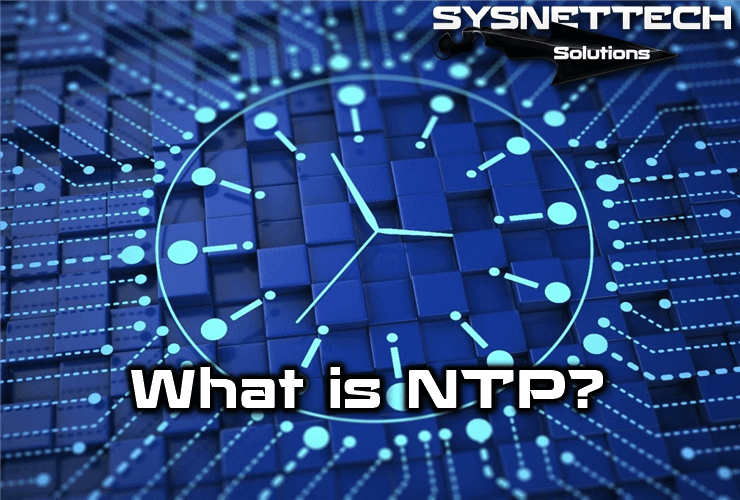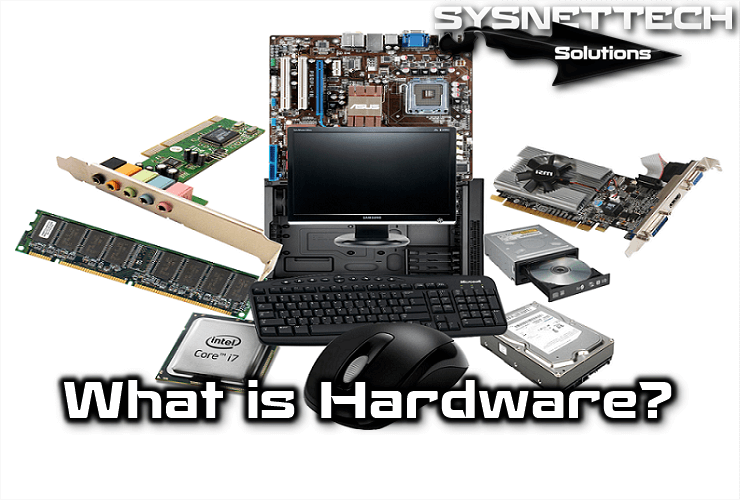ZFS (Zettabyte File System) is a file system designed by Sun Microsystems since October 2001 and implemented in OpenSolaris four years later.

ZFS File System
And the idea behind ZFS is not to upgrade existing technology, but a new approach to data management by improving the file system and logical unit manager integration in one system. Its purpose is on simple management, performance, data integrity, and scalability.
History and Development
It started in 2001 at Sun Microsystems. It was released in CDDL as part of Open Solaris in 2005. Later, Pawel Jakub Dawidek chose ZFS for FreeBSD in 2007.
Brian Behlendorf launched the ZFSOnLinux project in 2008 for high-performance calculations at LLNL. Oracle bought Sun Microsystems in 2010 and stopped Open Solaris later that year.
The Illumos project began to replace Open Solaris, and Mateo Ahrens and Jeff Bonwick members of the ZFS core team resigned. Many of them found jobs in companies and continued to develop Open Source ZFS as part of the Illumos project.
ZFS is licensed under CDDL, a popular and widely used OSI certified open source license that is recognized by FSF as a free software license but is not compatible with the GNU GPL.
Because ZFS cannot be added directly to the Linux kernel. However, it can be distributed as a separate DKMS package from the core package.
ZFS Features
The main features of the ZFS are listed below:
Verifiable Data Integrity
This feature ensures that the data in the file is always properly protected, bad data is detected, and automatically repaired. This is done thanks to the operational file model.
Operational Model
The operational file model includes the storage of events or processes.
For this, the technique known as write-on-copy is used when data is changed on the disk. This data is not overwritten with new blocks where it is saved, and then the corresponding structures are changed to point to these new blocks.
Snapshots
Snapshots correspond to copies of the file system at a specific time. It is very fast to allow backups or backups almost instantly, except that these copies are read-only.
Clones
Similar to snapshots, clones are copies of the file system at some point, but writing is allowed. This created file system shares blocks on disk with the original to save space but is managed independently.
Storage Areas
Unlike traditional file systems that require a volume manager, it uses virtual storage spaces or virtual storage pools or zpools on a single device.
Zpool is created from virtual devices created from device blocks, such as hard disk partitions or full disks. Also, the storage capacity of all vdevs is available for all instances of the file system in zpool.
Lightweight File System
Filing systems are much easier to manage than other existing systems, making the creation of these systems a very light process.
In addition, there is no free quota for each user, but there is a quota per file system, so file systems are created for each user instead of folders in the same file system.
Compression
This allows us to maximize space on the disc, remove small unused parts of the disc, and as a result, maximize reading speed most of the time.
Capacity
ZFS is a 128-bit file system, so it has much more storage capacity than other 64-bit systems like NTFS.
Since the boundaries of ZFS are designed to be so large, theoretical results were obtained instead of practical values:
- Number of entries in a folder: 248
- Number of properties in a file: 248
- Maximum file size in bytes: 264
- Number of devices in Zpool: 264
- Maximum number of zoos in a system: 264
- Maximum number of file systems in Zpool: 264
- Some zpool bytes as maximum size: 278
Operating System Compatibility
ZFS is self-contained and included in the Solaris operating system, but since this file system’s code is freely accessible, it can also be seen on other platforms such as FreeBSD.
Platforms that support ZFS are listed below:
File Structure
File systems are created on top of virtual storage pools called zpools. Zpool is created from virtual devices from block devices.
Features of this structure:
- Abstraction: free.
- There are no sections to manage.
- It automatically grows or shrinks.
- All bandwidth is always available.
- All storage areas in the pool are shared.
Operational Model
ZFS uses the copy processing model when overwriting. All file system block markers contain a 256-bit checksum on the pointed block, controlled by reading the block.
Blocks containing active data are never overwritten. Instead, a new block is allocated and the changed data is written to it, and then all the metadata blocks referring to it are repositioned and written similarly.
To reduce the overhead of this process, multiple updates are added to the process groups and ZFS Intent Log is used when simultaneous writing is required.
Snapshots
Since ZFS doesn’t overwrite data, taking snapshots means not releasing blocks used by older versions of data.
The advantage is that it is space-efficient because snapshots are taken quickly and also share unmodified data with the file system. You can create snapshots of both file system and zvol datasets.
Changeable snapshots can be created, resulting in two independent file systems created by sharing a common set of blocks. File system blocks decompose as changes are made, but common blocks are preserved regardless of how many clones there are.
Differences Between Other File Systems
The idea behind this concept is structured from a single physical device, unlike the usual file systems.
ZFS has not limited to certain devices thanks to the Pool concept, which completely eliminates the concept of the logical volume.
In addition, it provides access to the same resource from multiple processes called Transactional Copy-on-Write, which facilitates the same marker. It does not lose consistency without the need for Fsck.
It protects data integrity by silently detecting and correcting data corruption.
Related Articles
♦ Binary Digit
♦ Binary Tuple
♦ What is ASCII?
♦ NTFS File System
♦ Windows NT



